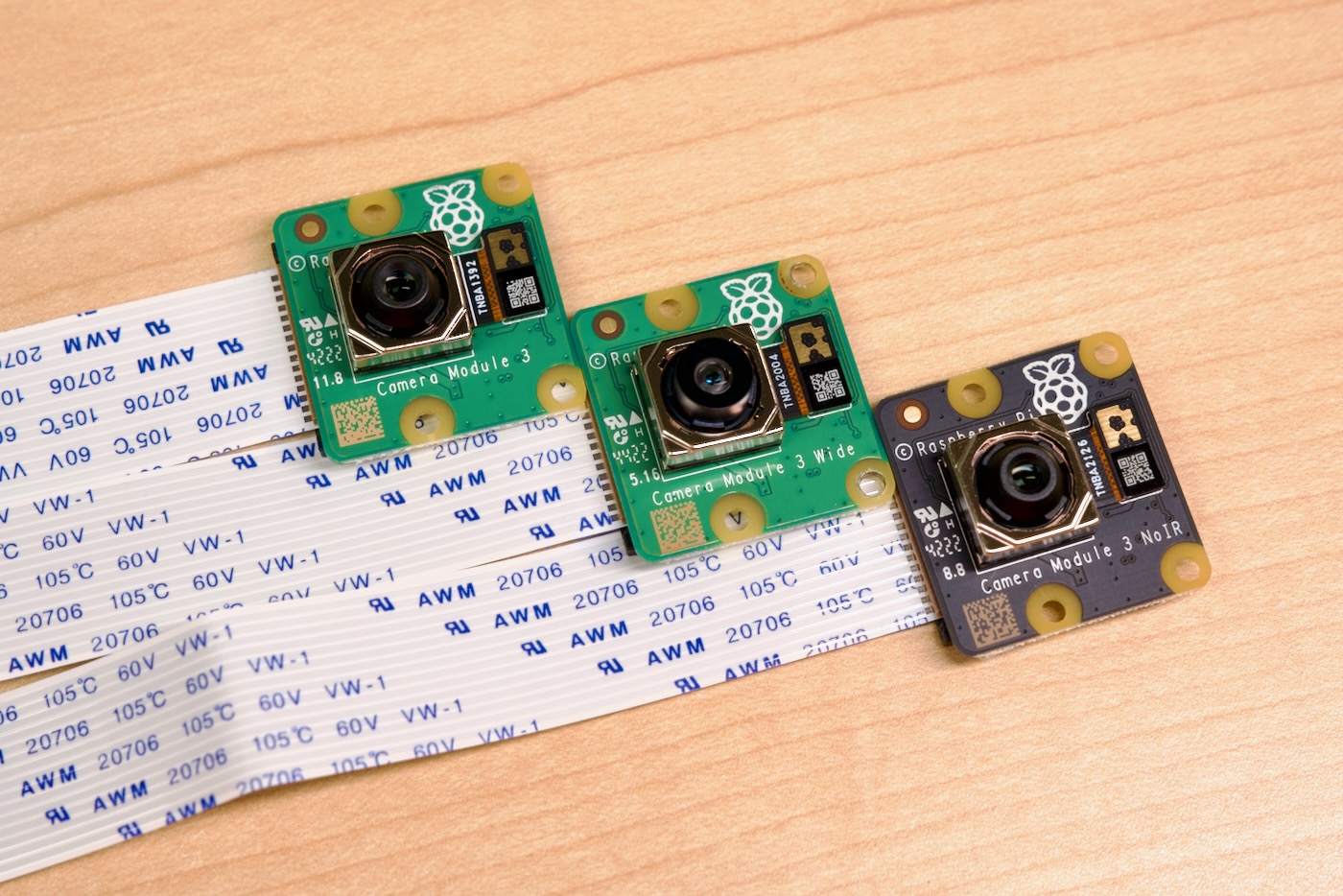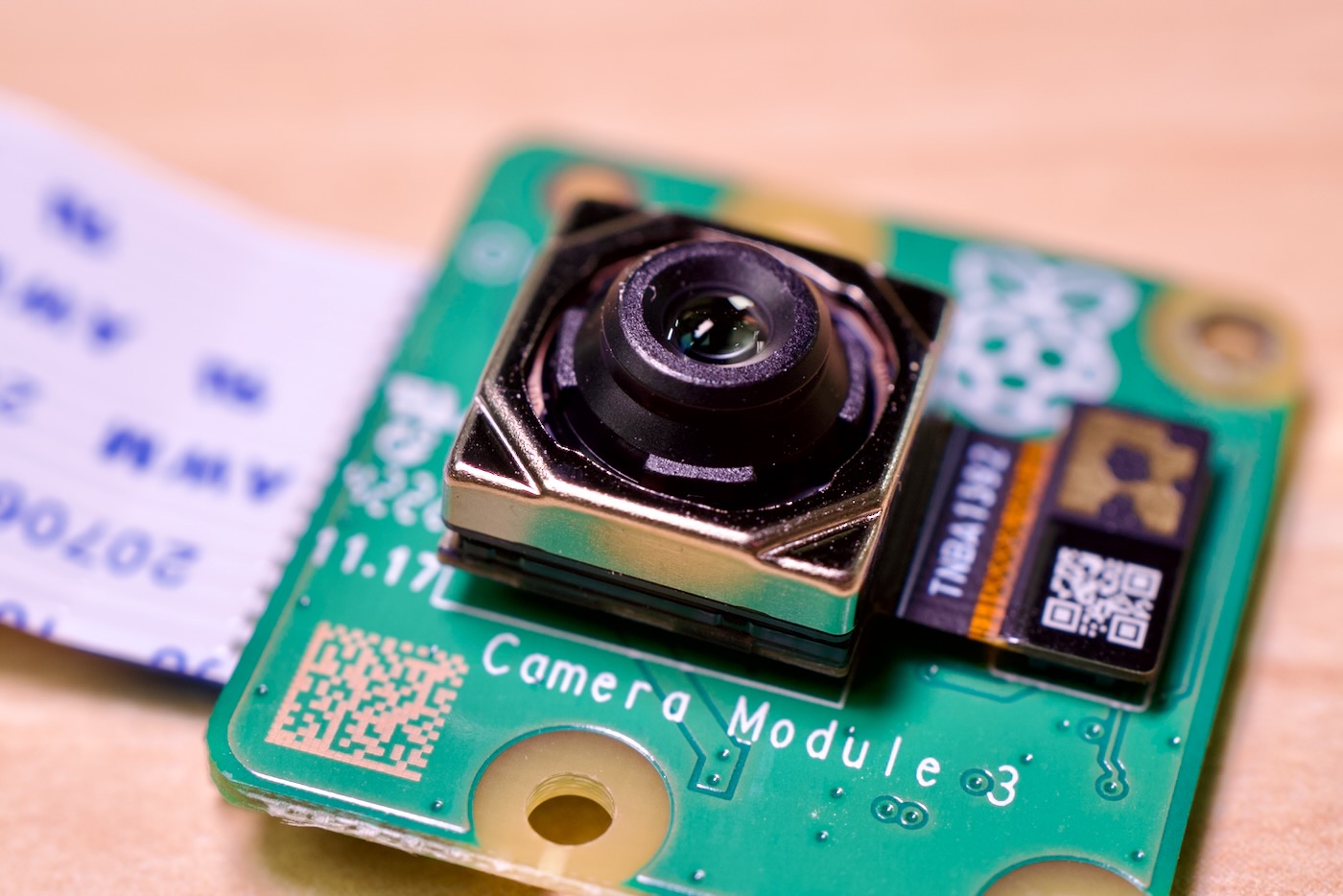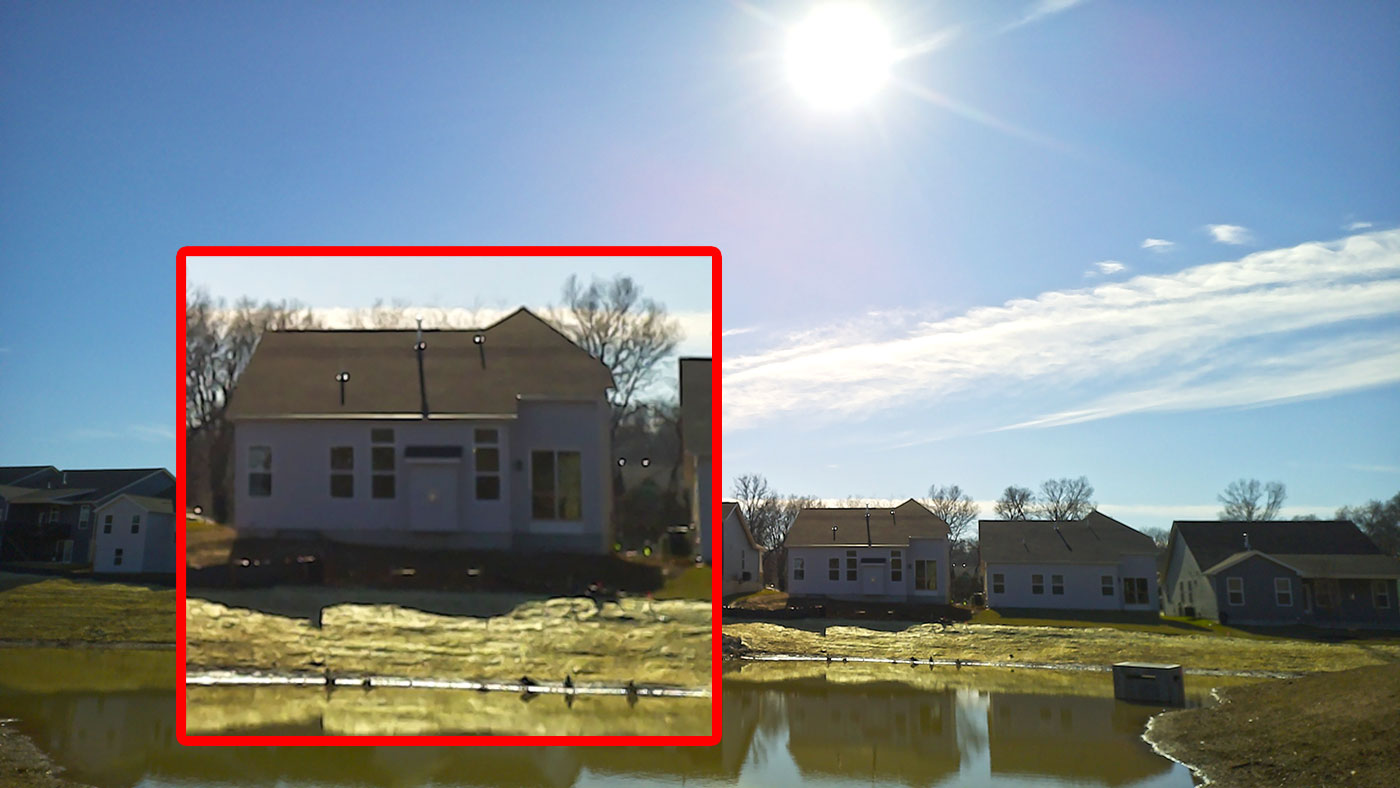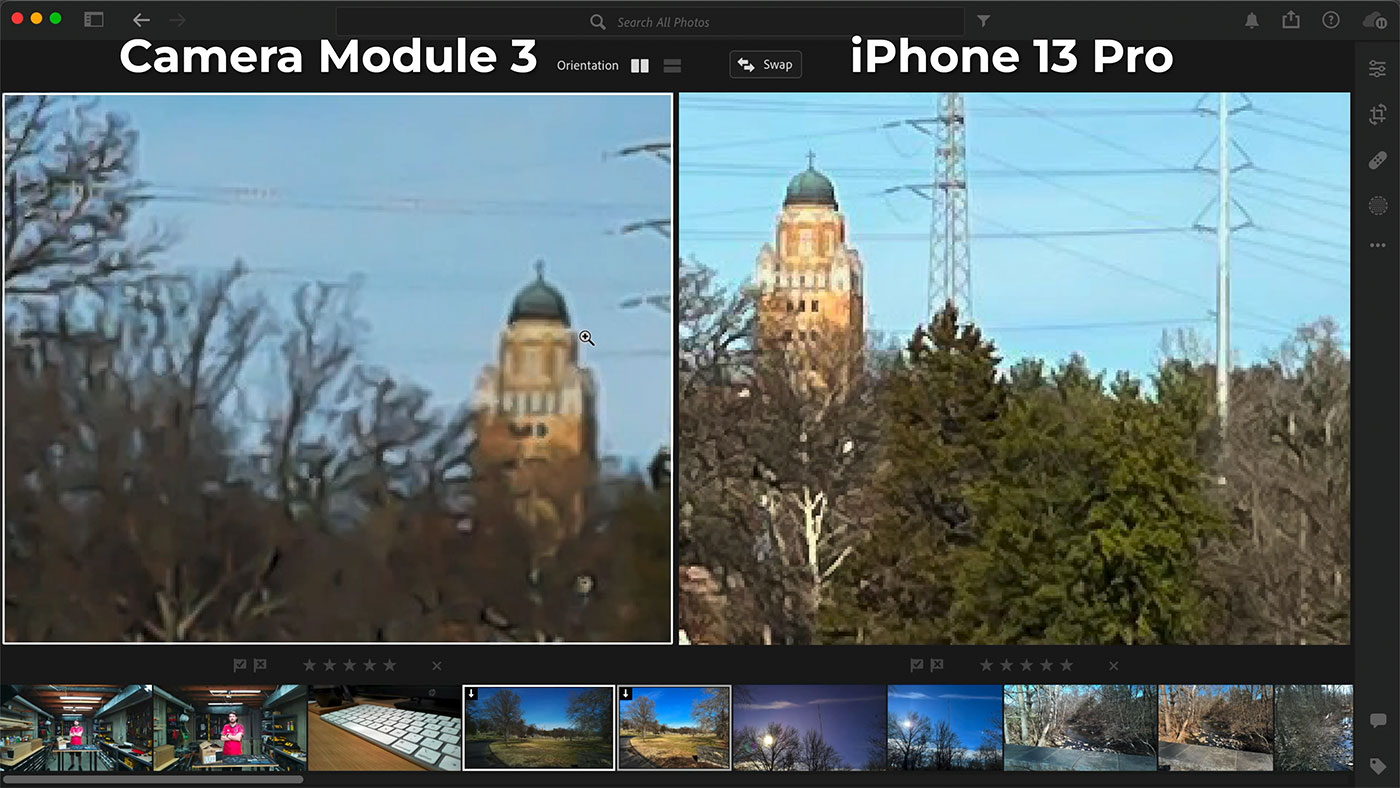Raspberry Pi just announced their new Camera Module 3, which comes in four variations (standard and wide angle, normal and NoIR for infrared use), and costs $25 for the standard versions, and $35 for wide angle.

That's a step up from the older Camera Module 2, which cost $25 and only came in a 'standard' focal length.
I posted a video reviewing the Camera Module 3 on YouTube, and you can watch it here:
I won't go through all the detail found in the video, but I did want to give a quick summary of my review. The new module uses the Sony IMX708 image sensor, with all Sony's wonderful modern features like backside illumination, stacked CMOS, etc.
But the major new addition is autofocus—specifically, very snappy PDAF (Phase-Detect Auto Focus).

Raspberry Pi OS has already been updated so libcamera and Picamera2 fully support the new Camera Module, and indeed, if you want to see how effective the autofocus is, you can plug in the camera, and on an up-to-date Pi, run:
libcamera-hello -t 0 --autofocus-mode continuous
And point the camera around at various objects. I found it much faster to focus than the ArduCam Hawk-eye, though the image quality isn't nearly as crisp.
The focus felt similar in responsiveness to my iPhone, which is all the more impressive considering the horrible experience of trying to manually refocus the older Camera Module 2 with a purpose-built wrench.
I didn't have a problem focusing in most scenarios, though it struggled when only part of the frame was filled with a subject. I tried taking some photos of houses with lots of sky above, and the Pi kept losing focus:

Outside of being impressed by autofocus performance (it's not going to beat a mirrorless, but it's on par with your average smartphone), the image quality was good.
The sensor is great—and with even passable lighting, you'll get a good exposure and color balance leaving the Pi set to auto settings in most scenarios.
The one place where this new Camera Module falls apart a bit is in the details. The lens included in both the standard and wide-angle versions just can't resolve 12 megapixels of detail.
The difference is most apparent when comparing the same shot between the Camera Module 3 and my iPhone 13 Pro—the sharpness is just not there on the Pi camera:

And that's not on the corners—that distant tower was positioned in the center of the frame!
You can't expect the moon out of a $35 camera with an integrated lens, and it is still a marked improvement in all aspects versus the earlier Camera Modules. But I hate it when a higher resolution sensor's potential isn't fully realized because the glass in front is just not good enough.
Ah well... it's the same thing as someone buying a Canon R5 and throwing a cheap kit lens on it. It's not the worst thing, and there's still plenty of resolution to be useful!
The most important difference between the Camera Module 3 and those before is in physical dimensions. The PCB footprint and mounting holes are identical, but the camera on top is a bit larger and has a movable front lens element, meaning many existing Camera Module cases will not work with this new version.
But any design which doesn't enclose the lens should be fine.
I'd like to thank Raspberry Pi for sending a set of Camera Modules (pictured at the top of this post) for testing and review—I didn't get too much time to test the video recording functionality or the NoIR camera yet, but I hope to do so when my schedule clears up.
Comments
Thank you Jeff for that information. Really was useful.
Hope you have a nice recovery.
Hi Jeff, great post and video, it’s a very interesting use case.
You mentioned battery powering the camera, I’ve already done this for my DSLR control platform.
https://brocklesbyimages.com.au/2022/07/12/582/
Mine is just for a pi zero and uses a single 18650 and boost controller, but you can run multiple batteries in series to extend the run time.
I’m loving your content, keep on sharing.
> ... because the glass in front is just not good enough.
To be fair, all these lenses come from injection molding processes and are made of polymers
> ... when comparing the same shot between the Camera Module 3 and my iPhone 13 Pro
The iPhone adds insane levels of post-processing; from optimized de-bayering algorithms, finding the sharpest (lowest vibration) shot out of a series, sharpening, AI model enhancements...
Not all differences are the bare optics.
Quite true; though the sharpness seems to be more down to the lens in this case. And I find the iPhone over processes many pictures, to what I'd call "crunchy" levels that might look cool for Instagram but aren't great representations of what I wanted to capture.
Jeff, Thank GOD you're back! You were so missed. Hope the future is heathier.
J
I wonder if the details could be better if shoot in RAW format?
Thanks for the review!
I can't seem to find any data about the shutter - do you know if it is rolling or global? Also, even a datasheet about the sensor itself is impossible to find - any thoughts on where to get one?
Rolling; I believe right now only Adafruit sells Pi-compatible modules with global shutter.
Kinda pointless to release this with ZERO Pi’s of any type available at RRP in most of the world.
Great content as always Jeff! It would be interesting if you could wrap this into a DIY home security system.
Hi Jeff,
I'm wondering if you are interested in running tests with USB cameras off the Pis as well? I feel like there is a huge availability of cheap USB webcams and USB webcams scavenged from old laptops. In the remote work era I feel like most people would have an old webcam lying around waiting to be repurposed. But I don't have any experience programming UB webcams and I was wondering if you had any comments on it?
This is a very interesting comparision